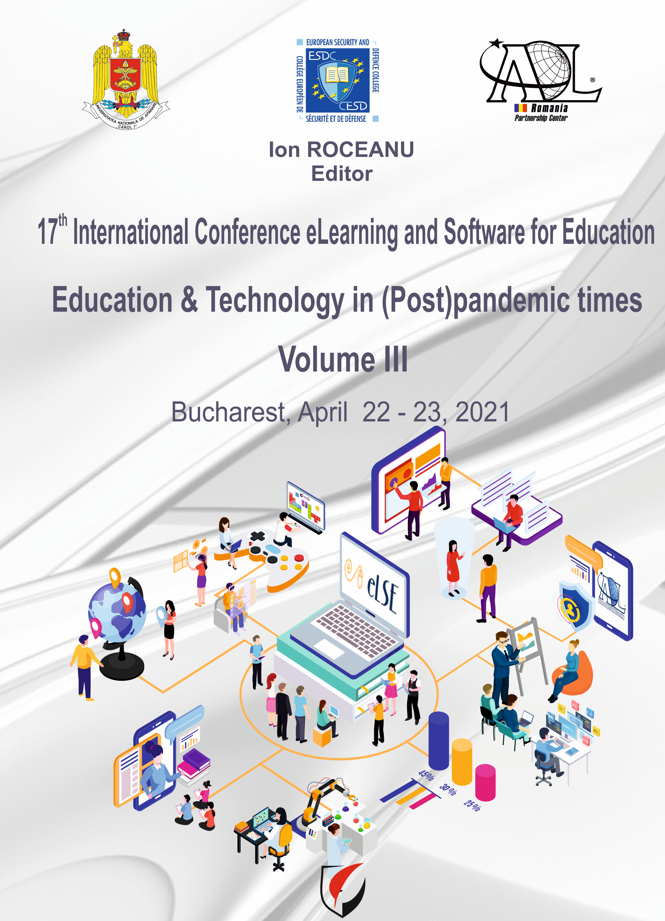FOOTWEAR BEHAVIOUR DURING WALKING
FOOTWEAR BEHAVIOUR DURING WALKING
Author(s): Arina Seul, Aura Mihai, Antonela Curteza, Bogdan SârghieSubject(s): Micro-Economics, Methodology and research technology, ICT Information and Communications Technologies, Distance learning / e-learning
Published by: Carol I National Defence University Publishing House
Keywords: Finite element analysis; Footwear simulation; Engineering education;
Summary/Abstract: This paper is an extension of the study entitled "Finite Element Analysis in Footwear Engineering". The entire work presents how Finite Element Analysis (FEA) could be used in footwear engineering education as a sustainable tool to predict the designed product's behaviour before its manufacturing. Simulating the human walking movement helps to understand how certain combinations of materials or design parameters and decisions influence the final product. While the first part of the study is based on the description of pre-processing stages such as choosing equipment and materials, modelling and editing the geometry, the current paper describes the simulation and post-processing stages: setting the analysis requirements including connecting and loading conditions of the model, solving the model and analysing the results. The procedure is described based on three models of the same constructive type, namely Derby shoe. The position of the bar stitch varies in a vertical direction. The Static Structural analysis module of the ANSYS software application is used to simulate the behaviour of models and material structures. Each model's behaviour is analysed for three phases of the gait: heel strike, stance, and push off. Two parameters are evaluated and compared: total deformation and equivalent Von Mises stress, that allow estimating the strength of the seam, stress distribution, and deformation of the structure. The analysis shows changes in each phase of the gait under the influence of body weight. The methodology presented in this paper allows performing simple simulations without deepening on advanced mathematics, numerical methods, and computational implementation.
Journal: Conference proceedings of »eLearning and Software for Education« (eLSE)
- Issue Year: 17/2021
- Issue No: 03
- Page Range: 226-232
- Page Count: 7
- Language: English

